- Austausch & Vernetzung
- Wissen & Lernen
- Advocacy
- Unsere Themen
Von Venkatraman Chandra-Mouli und Anna Kågesten
The years 2019 and 2020 mark the 25th anniversaries of two major events – the International Conference on Population and Development, ICPD (Cairo, 1994), and the World Congress on Women (Bejing, 1995). Both these global meetings and the programmes of action that ensued from them stressed that gender equality is fundamental to health and development; for adolescents to be placed at the centre of the agenda; and for concerted actions to be taken at national and global levels to strengthen evidence-based programming (Sen et al., 2019).
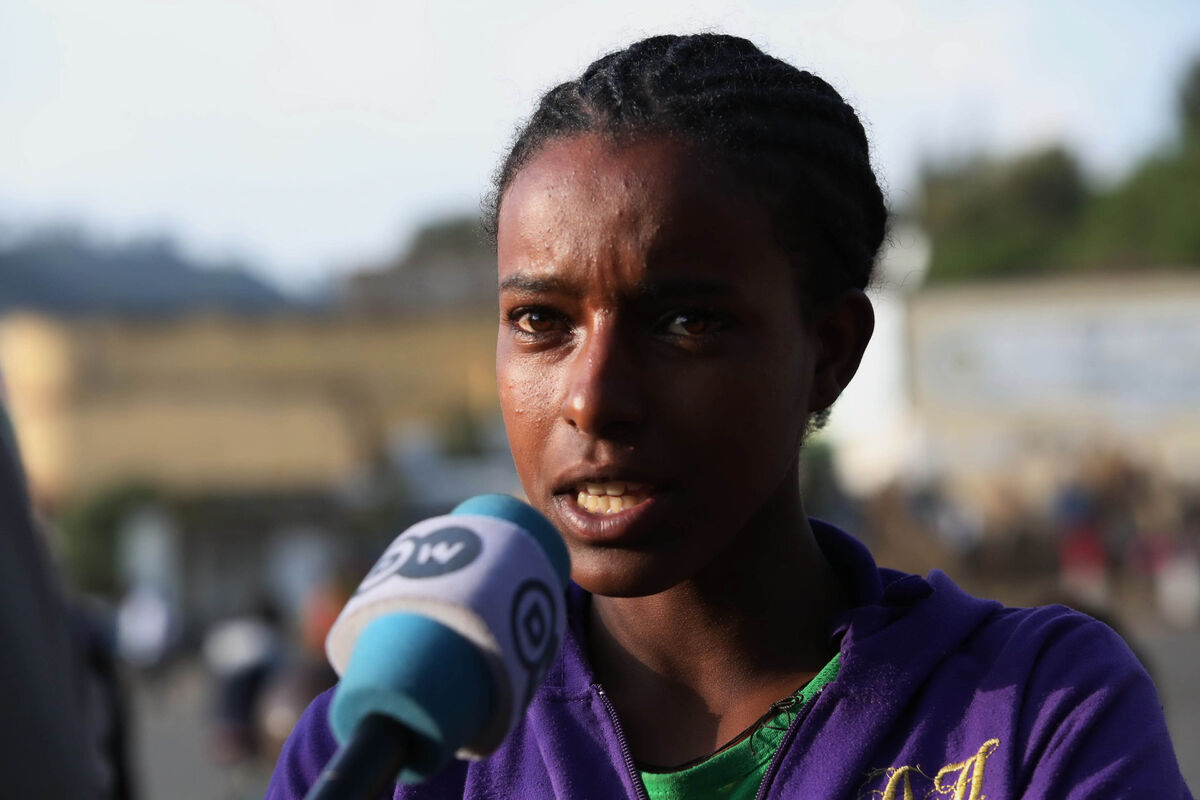
A web of interconnected factors operating at the individual, family, community and societal levels contribute to health and wellbeing on the one hand, and to disease and infirmity on the other. Gender, the socially and culturally constructed masculine and feminine identities, roles, norms and relationships, rather than an immutable personality trait grounded in biological sex, is one of these factors (Heise et al., 2019, Connell, 1987). Gender equality is a fundamental human right and lies at the heart of the 2030 Agenda for sustainable development (Magar, 2015, The Sustainable Development Fund, 2020). In contrast, global evidence highlights gender inequality, and particularly restrictive gender norms that perpetuate power imbalances between men, boys, women, girls and non-binary individuals, as powerful risk factors that can undermine the health and well-being of both individuals and societies (Heise et al., 2019, Weber et al., 2019).
Adolescence is a central time of rapid physical, social and cognitive changes when gendered attitudes, perceptions and behaviours intensify (Blum et al., 2012). Global research indicates that stereotypical perceptions about gender norms are common already in early adolescence, but that such attitudes are also amenable to change (Kågesten et al., 2016). Addressing gender inequality and promoting gender equal norms during adolescence is therefore essential to ensure healthy trajectories and developmental prospects throughout the life course (Blum et al., 2017, Heise et al., 2019, Weber et al., 2019).
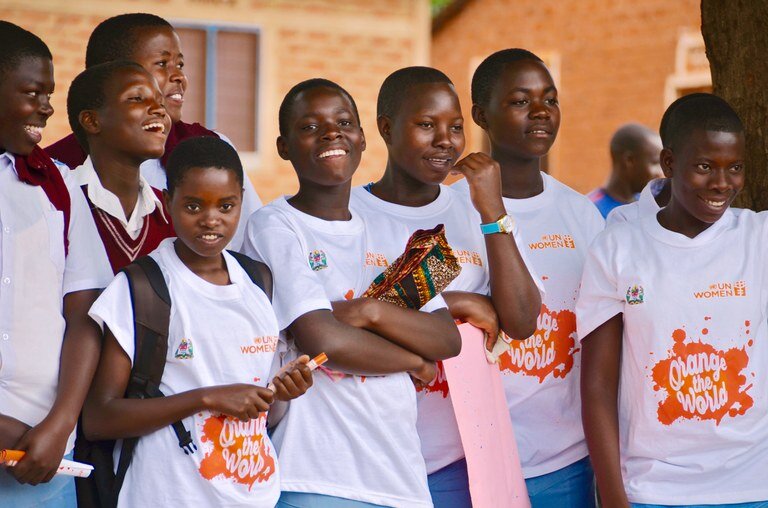
In the 25+ years that have passed since ICPD and Beijing, the global community has increasingly moved towards applying so called gender transformative approaches in health and development projects and programmes (hitherto called initiatives) to address the underlying structures and determinants of gender inequality (Dworkin et al., 2015). In contrast to “gender blind” initiatives that either inadvertently or deliberately ignore the social, political and economic roles, rights and responsibilities and power dynamics associated with being male and female, gender transformative approaches seek to actively foster critical examination of gender attitudes, norms and practices; strengthen or create systems that support gender equality; and create gender equitable attitudes, norms and dynamics. They also differ from accommodating approaches that are “gender aware”, but merely acknowledge differences without addressing their underlying reasons, as well as exploitative approaches that reinforce or take advantage of gender inequalities and stereotypes (Interagency Gender Working Group, 2017).
While there has been progress, a recent analysis by the Global Health 50/50 initiative indicates that only 29% of global health organisations apply gender transformative approaches in their programmes (Global Health 50/50, 2020). This means that even though more and more organisations are indeed committing to addressing gender equality and its fundamental causes, most of their initiatives are either gender accommodating or blind.
If we look closer as adolescents as a key population for addressing gender inequality, the global evidence indicates that gender transformative initiatives are being widely used to improve health, and that they are effective.
A recent systematic review on the impact of such initiatives among children and young people, published in the Lancet Global Health, concluded that when well-designed and well-executed, gender transformative programmes can improve health-related knowledge, attitudes and behaviours among children and young people.
While there has been progress, a recent analysis by the Global Health 50/50 initiative indicates that only 29% of global health organisations apply gender transformative approaches in their programmes (Global Health 50/50, 2020).
This exhaustive review covered almost 23,000 peer-reviewed articles and grey literature reports published in the last 20 years, synthesizing evidence from 61 evaluations of 59 initiatives using randomized or quasi-experimental designs to measure impact on different health-related outcomes among 0-24-year-olds globally (Levy et al., 2019).
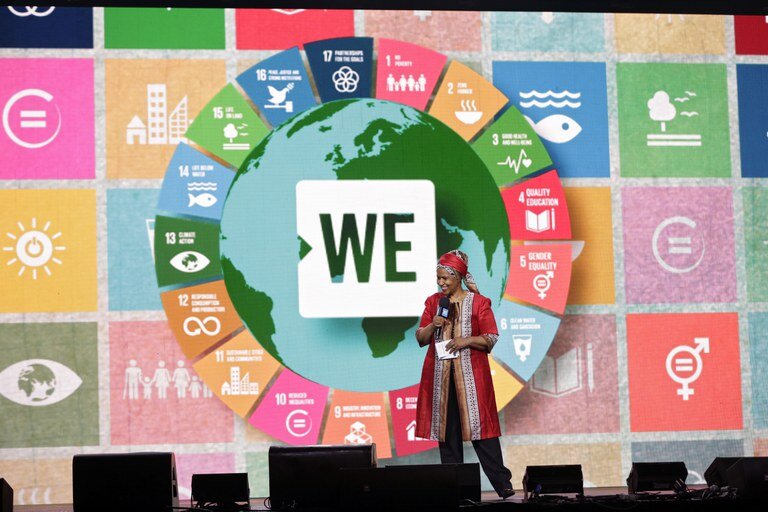
Findings from the review showed that initiatives to address gender inequality in this age group are being widely used across the world – with the majority in sub-Saharan Africa, South Asia and North America – and that most focus on 10-19-year-olds (about half of which engaged boys or young men). Most programmes target sexual and reproductive health, HIV and violence prevention as primary outcomes; other areas include nutrition, water and sanitation, mental health, substance use, and infectious disease with several initiatives including more than one health outcome.
The initiatives with the strongest evidence were multi-sectoral in nature, operating at different levels spanning from local to community and structural, and involving different stakeholders.
According to the review, most initiatives focus on building individual agency, i.e. for participants to gain greater control and power over their own lives. This is typically done via interactive education/awareness raising group sessions as well as community engagement to foster critical consciousness and encourage active participation. Some initiatives also focus on the economic empowerment of girls and young women, and to create safe spaces for young people. The initiatives with the strongest evidence were multi-sectoral in nature, operating at different levels spanning from local to community and structural, and involving different stakeholders.
In terms of impact, three quarters of the initiatives demonstrated improvement in indicators related to health and gender equality - mostly individual knowledge, attitudes and behaviours (Levy et al., 2019). The fact that even relatively short-term initiatives (most had less than 2 years duration) can produce such changes is worth celebrating.
While we celebrate the success of gender-transformative initiatives, there are several gaps that needs to be filled to further build on the evidence and lessons learnt for implementation (Kågesten and Chandra-Mouli, 2020).
First, we need evidence on the long-term impact on actual health outcomes. Only one in five initiatives included in the above-mentioned systematic review looked beyond knowledge, attitudes and behaviours, to find significant changes in outcomes such as unwanted pregnancy, HIV and female genital mutilation. And of these, only 7% looked at effects beyond 3 years (Levy et al., 2019), which we need to do more.
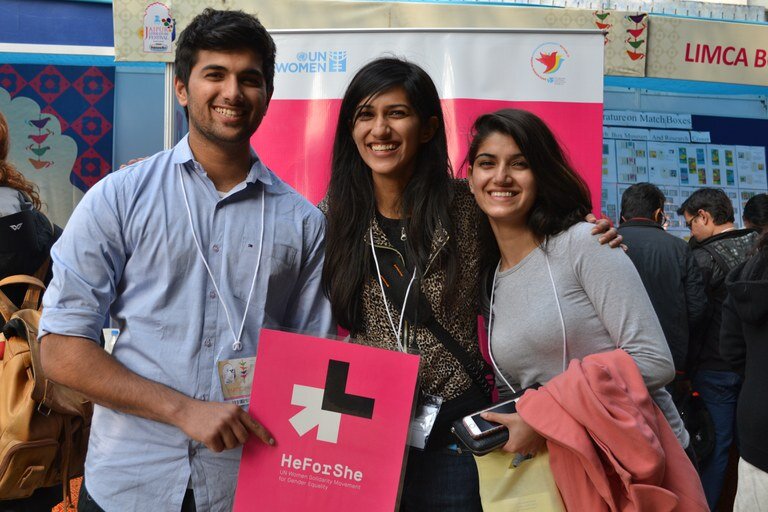
Secondly, very few programmes looked at actual norm change, rather than personal attitudes (Levy et al., 2019). To fully understand the impact of programmes on adolescents’ health, we also need to tap into the influence of such initiatives on the broader community norms that young people are embedded in and navigate within their local contexts (Kågesten and Chandra-Mouli, 2020). Initiatives such as the Learning Collaborative on Social Norms has advanced the field by proposing concrete methods for applying social norms theory in practice (Learning Collaborative to Advance Normative Change, 2019). Their work highlights the importance of differentiating between what individuals believe (their attitudes) versus what they think that others do and support (social norms), as well as the role of social sanctions that individuals face when challenging norms, irrespective of their own attitudes (Cislaghi and Heise, 2018). The integration of a social norm perspective will be critical if we are to really understand the impact of gender transformative initiatives on broader norms as well as their underlying mechanisms of change.
Thirdly, we need evaluation approaches that capture the full complexity of gender transformative initiatives, such as on what works (or what does not) in implementation, and the careful balance between fidelity to original models with that of local adaptation needs. Qualitative research and evidence synthesis can bring important insight into what (gender) norms are at play in certain communities; what reference groups uphold them; and how this affects the design and execution of initiatives (Kågesten and Chandra-Mouli, 2020, Flemming et al., 2019). Implementing and evaluating gender transformative initiatives is challenging work. Attitudes and norms are complex to change; and take time and effort to do so. Further, changes in individual attitudes do not automatically translate into change in behaviours (Blum, 2020). However, with the research evidence and implementation experience that has been gained, now is the time to continue advancing the agenda to reach the full potential of gender transformative approaches in the coming decades.
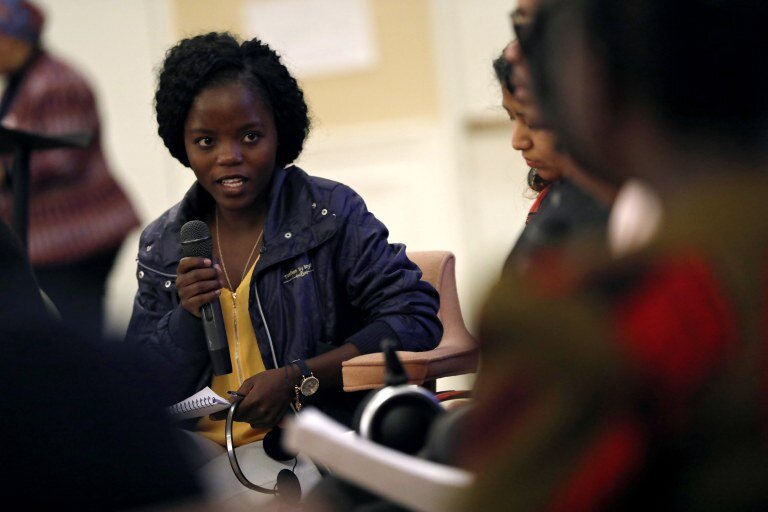
Fourthly, we need to broaden the focus of programmes to include all children and young people irrespective of their age, sex, gender or sexual identity. Girls tend to the primary beneficiary of gender transformative initiatives; and we also need to focus on boys in their own rights (Levy et al., 2019, Kågesten and Chandra-Mouli, 2020) without taking away the space created for women’s empowerment in the field of global health (Leek, 2019). There also remains a sustained and urgent need to focus on gender-diverse groups of adolescents such as sexual minorities who continue to face stigmatization, violence and barriers to quality care, with adverse consequences for their health and wellbeing (Blondeel et al., 2016). Indeed, none of the initiatives identified in the review reported focusing on lesbian, gay, bisexual, transgender, queer or intersex adolescents (Levy et al., 2019): an important research and programme priority for the future.
Finally, we must address structural factors to create the space for large-scale and sustained change in gender equality. While we advocate for this to happen, we need to move ahead with individual, family and community level action. The systematic review showed that while working with individuals and their immediate communities is effective, we also need to address structural factors to create space for real norm change - including legal, policy, social, economic institutions (Levy et al., 2019). Building individual agency – which remains the focus of most programmes - might be enough for some adolescent girls and boys, but not for others. That is why advocating for and working to address structural barriers is critical to achieve gender equality and sustainable change (Malhotra et al., 2019). Having said that, the global evidence on gender transformative initiatives show that we do not need to wait for structural changes to be brought about: focusing on individuals and communities are well worth doing in the meantime to empower adolescents to be active agents in their own lives and promote health and wellbeing.